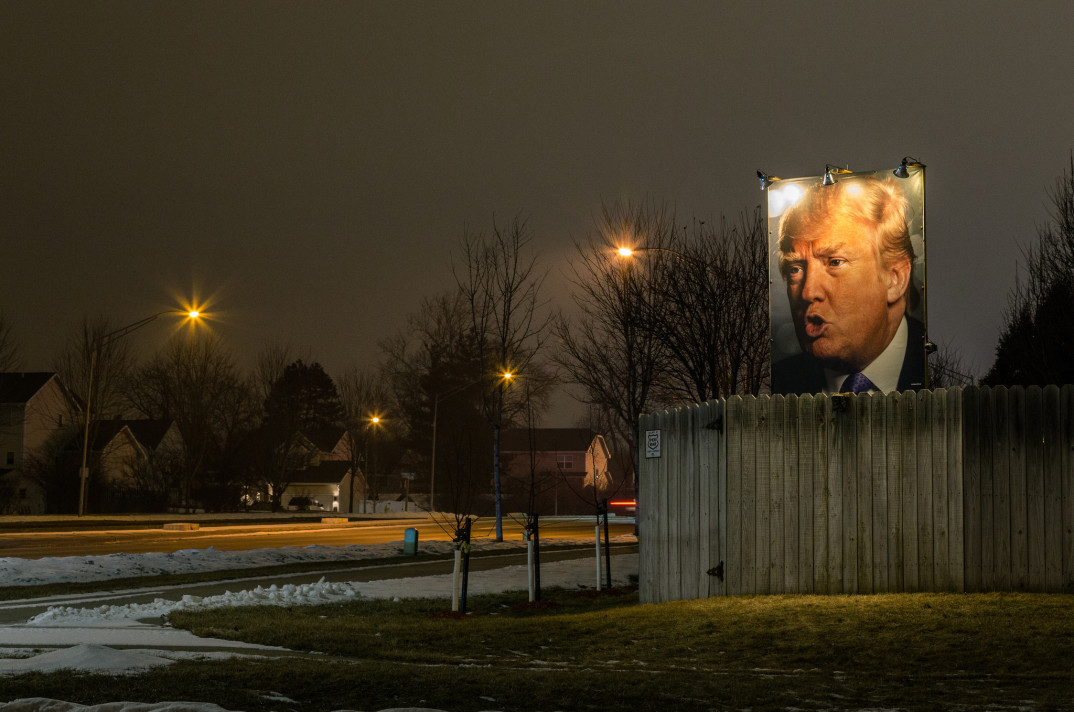Honesty researcher Francesca Gino, a professor at Harvard Business School, has been accused of fabricating data in multiple published articles.
In one study, participants were given 20 math puzzles and awarded $1 for each one they solved. After grading their own worksheets, test subjects then threw them out and reported their results on another form. Some participants were asked to sign to confirm that their report was accurate at the bottom of the form, while others signed at the top. Gino’s hypothesis was that signing at the top would prime honest behavior, but she then allegedly tampered with the results to drive the intended effect. Gino is now on administrative leave while Harvard conducts a full investigation.
While it would obviously be ironic if Gino had been dishonest while researching honesty, there is a further reason that such dishonesty would be particularly galling, as dishonest research violates one of the cardinal virtues of the academic vocation.
Let me explain. Some readers might already be familiar with the traditional list of the cardinal virtues: Justice, Courage, Prudence, and Temperance. Honesty, of course, is nowhere on this list. So what do I mean when I call honesty a cardinal virtue?
Different vocations have their own characteristic virtues. It is not possible to be a good judge without being particularly just. Likewise, it is not possible to be a good soldier on the front lines without being particularly courageous. That is because each of these vocations emphasize certain virtues. A soldier must have the virtue of courage to repeatedly thrust themselves into battle, and a judge must have the virtue of justice in order to consistently reach fair verdicts.
Are there any characteristic virtues of the academic vocation? Professors typically have two primary tasks: the generation and transmission of knowledge. For both of these tasks, an emphasis on truth takes center stage. And this focus on truth means that professors will do better at both of these tasks by cultivating the intellectual virtues – virtues like open-mindedness, curiosity, and intellectual humility. For this reason, we can think of these intellectual virtues as cardinal virtues of the academic vocation.
But along with these intellectual virtues, honesty is also particularly important for the academic vocation. When students learn from their professors, they often simply take them at their word. Professors are the experts, after all. This makes students especially vulnerable, because if their professors deceive them, they cannot detect it.
This is true to an even greater extent with cutting-edge research. If professors are being dishonest, it could be that no intellectual discoveries are being made in the first place. In Gino’s case, for example, she may have concealed the fact that the study she performed did not actually support her findings. But without specialized training, few people can understand how new knowledge is generated in the first place, leaving them completely vulnerable to the possibility of academic dishonesty. Only other academics were able to spot the irregularities in Gino’s data that has led to further questions.
We thus have reason to take honesty as a cardinal virtue of the academic vocation as well. Not only do academics need to be open-minded, curious, and humble, but they must also be honest so that they use their training to further higher education’s most important goals. If academics regularly passed off false research and deceived their students, it would threaten to undermine the university enterprise altogether.
Distrust in higher education is on the rise, and to the extent that academics acquire a reputation for dishonesty, it is sure to only decline further. Gino’s work is just the tip of the iceberg. One of Gino’s co-authors has also been accused of faking his data, and Stanford’s president is stepping down due to questions about his research, but these are isolated incidents in comparison to the widespread replication crisis. When researchers tried to reproduce the results from 98 published psychology papers, only 39 of the studies were able to be replicated, meaning that over half of the “research” led to no new discoveries whatsoever.
While a failure of replication does not necessarily mean that the researchers who produced that work were being dishonest, there are many dishonest means that can lead to a study that can’t be replicated, including throwing out data that does not confirm a hypothesis or questionable methods of data analysis. Until the replication crisis, and discoveries of fake data, begin to wane, it will be difficult to restore public trust in social science research.
Is there anything that can be done? While public trust in higher education will not be restored overnight, there are several changes that could potentially help professors cultivate the virtue of honesty. One strategy for curbing our vices is limiting the situations in which we are tempted to do the wrong thing. As one example, pre-registering a study commits a researcher to the design of a study before they run it, removing the opportunity to engage in questionable statistical analysis or disregard the results.
Another way to increase virtuous behavior is to remind ourselves of our values. At the college level, for instance, commitment to an honor code can serve as a moral reminder that reduces cheating. Academic institutions or societies could develop honor codes that academics have to sign in order to submit to journals, or even a signed honor code that is displayed on published articles. While some professors might still be undeterred, others will be reminded of their commitment to the moral values inherent to their vocation.
Universities could also reconsider which professors they hold up as exemplars. For many academic disciplines, researchers that produce the most surprising results, and produce them on a regular basis, are held up as the ideal. But this of course increases the incentive to fudge the numbers to produce interesting “research.” By promoting and honoring professors that have well-established, replicable research, colleges and universities could instead encourage results that will stand the test of time.
None of these solutions is perfect, but by adopting a combination of measures, academics can structure their vocation so that it is more conducive to the development of honesty. It is impossible to eliminate all opportunities for dishonesty, but by creating a culture of honesty and transparency, professors can restore trust in the research they publish and in higher education more generally.
For her 2018 book, Rebel Talent, Francesca Gino opted for the tagline “Why it pays to break the rules at work and life.” The jury is still out on whether that was true in Gino’s case. If she was dishonest, it enabled her to ascend the ranks, landing at the top of the ladder as a professor at Harvard. To prevent more accusations like these moving forward, universities need to put in the work to ensure that honesty is what’s rewarded in academia.
This work was supported by the John Templeton Foundation grant “The Honesty Project” (ID#61842). Nevertheless, the opinions expressed here are those of the author and do not necessarily reflect the views of the Foundation.




